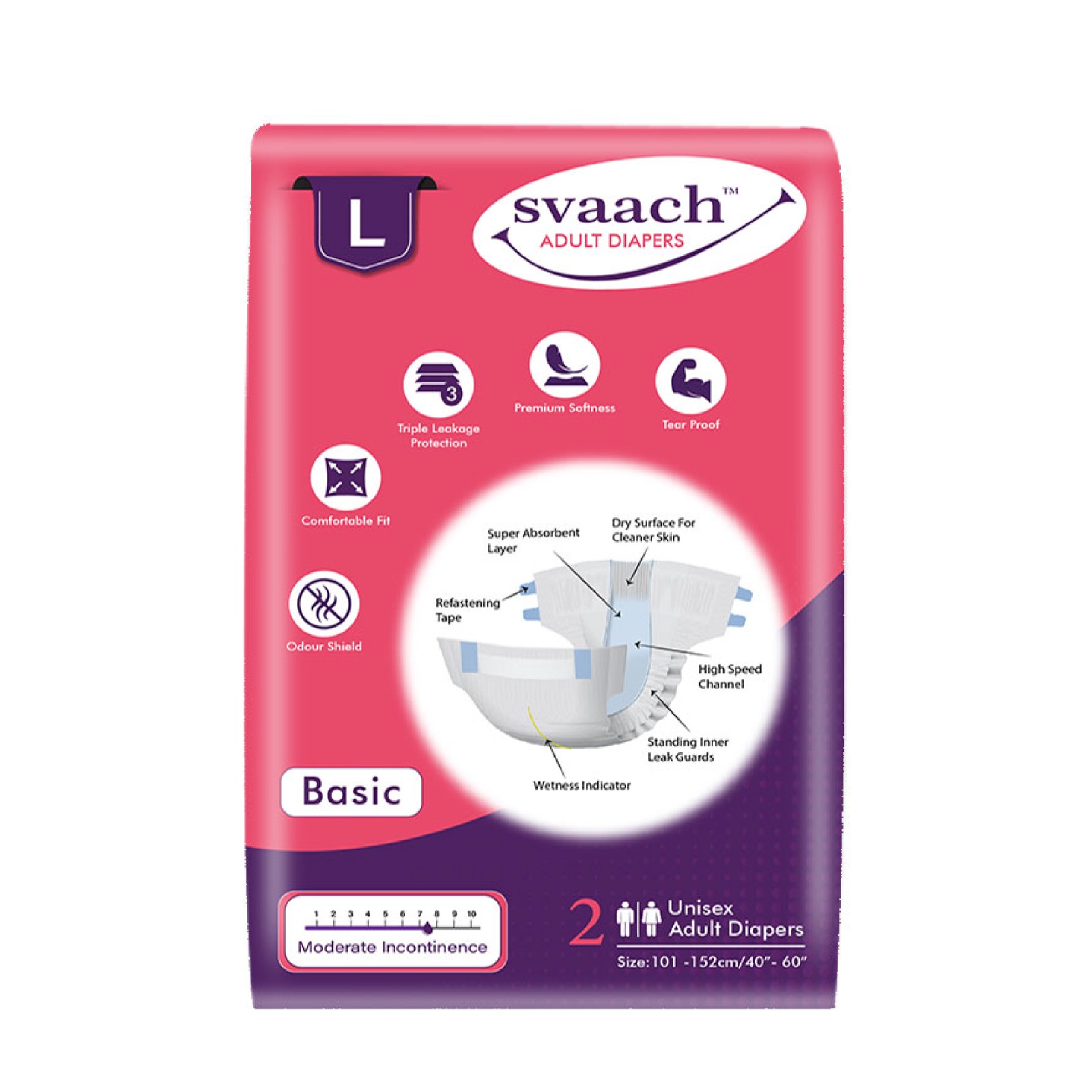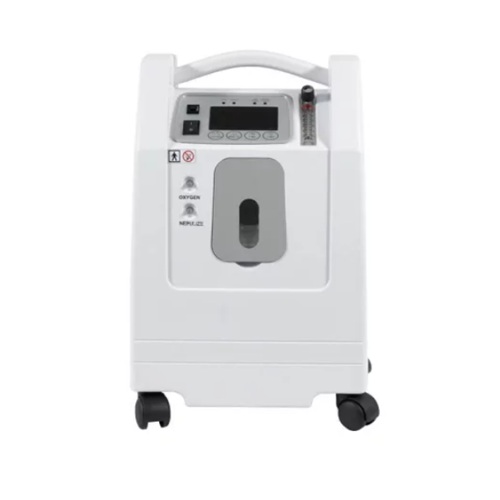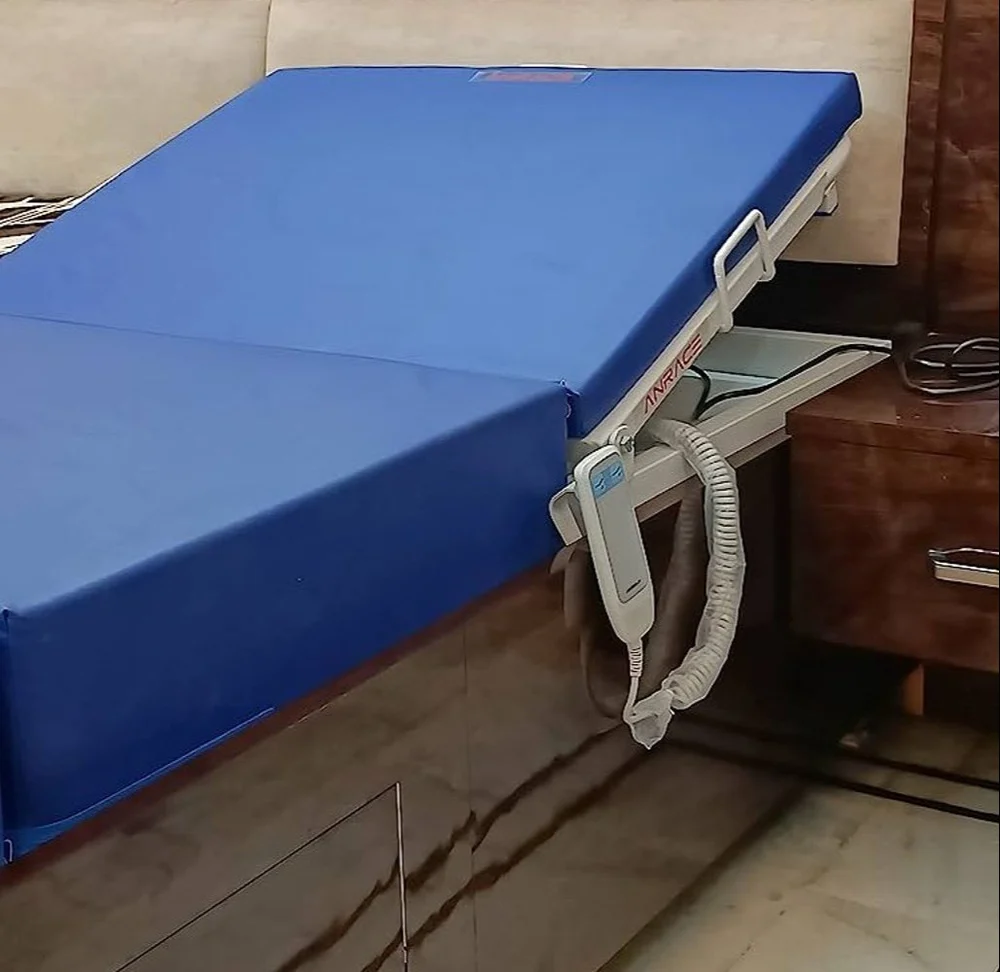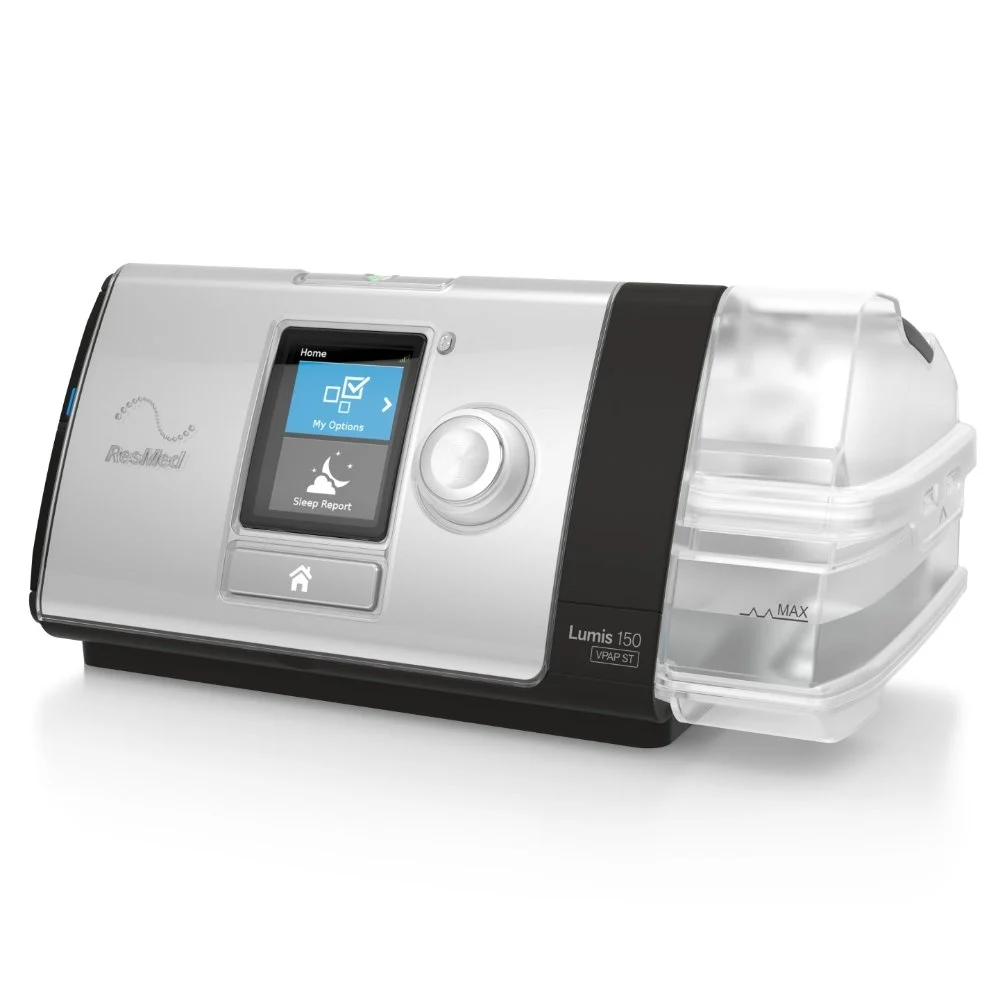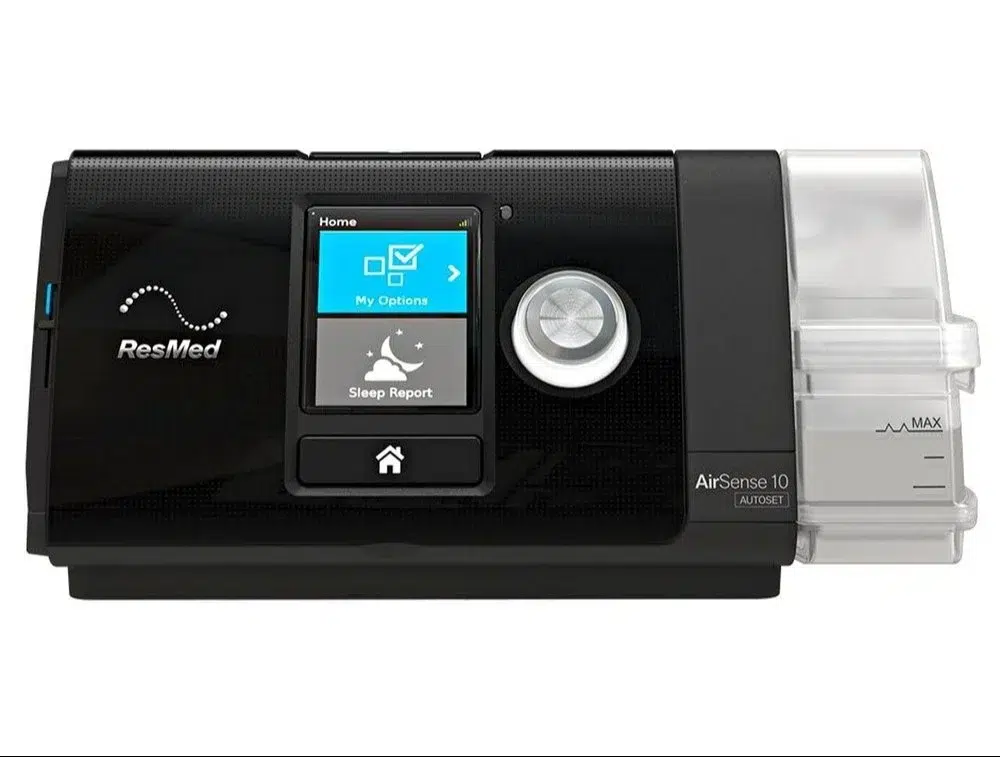Top Digital Healthcare Trends to Watch in 2023
We are witnessing a significant change in the healthcare industry due to the COVID-19 epidemic due to digitalization. Consequently, each of these factors has an impact on healthcare technology trends.
I know those pandemic times were horrifying, and nobody wants to remember them.
However, the pandemic has made people of every profession realize the need for digital transformation and the adoption of advanced technologies. As a result, the pandemic has sped up developments in digital health, which in my opinion, is the need of the hour. So, in 2023, the healthcare industry is expected to grow incredibly, all thanks to recent advancements and breakthroughs. Technology in the healthcare industry is evolving at an astounding rate.
Technology has always played a significant role in our daily lives, so what I’m saying is nothing new. But the main question is – how these technologies affect the healthcare sector. And what changes has it brought in healthcare software development services?
These advancements have led to improved healthcare, increased patient treatment, and the development of information-driven diagnosis and remote diagnostics. A recent Deloitte Report claims that healthcare organizations are awaiting more readily available, secure, and affordable care. Healthcare experts search for innovative medical technology to meet the demand and give their patients the desired results.
So, is their search over? Umm, let’s find out!
In this blog, I’ll acknowledge some recent technical developments that will positively impact the healthcare industry in 2023 and beyond. But first, let’s look at how advanced health tech influences patients’ lives and how IT services help the healthcare industry.
So, put your Sherlock hat on and be with me till the end.
How Do Tech Advancements in Healthcare Impact Patients’ Lives?
Computers, software solutions, communication devices, and telecommunication devices used to collect, retrieve, and transmit health-related data using secure technology are called informational technology in healthcare (HIT).
Have you ever heard of the word telemedicine? HITs are sometimes called telemedicine.
Some companies provide the best healthcare software development services and solutions, including electronic health records (EHR), e-subscriptions, software solutions for managing blood sugar, quitting smoking, and many more. Proactive medical facilities adore these technologies for competitiveness and to provide the best care.
Patients can now easily and quickly access records from several healthcare facilities through a single access point, all thanks to information technology advancements in healthcare. HIT equips medical workers with various tools to enhance communication between medical departments and patient care. Mentioned below are the examples of the most popular technological solutions:
-
Electronic Health Records Solutions/Billing (EHR)
-
Remote care (home monitoring and health diagnosis)
-
Patient Apps (patient portal access on cell phones and tabs)
-
Wearable Technology in Healthcare (diagnostic tech including heart, pulse, blood pressure, sleep, glucometer, oximeter, etc.)
-
Computerized Disease Registries
-
Imaging Data (MRIs, Mammograms, X-Rays)
-
Electronic Medical Records Software (EMR)
-
Personal Health Records (PHR)
-
Patient Engagement Technology (messaging, social media, patient portals)
-
Medical Apps for Physicians (academic partnerships, pharma database, clinical communication)
-
Telehealth (virtual-based medical care)
-
Electronic Prescriptions
Advantages of IT in the Healthcare Sector
If you ask any reputable healthcare software development company, they utilize advanced technologies like artificial intelligence (AI), machine learning (ML), cloud computing, and many more. They use these technologies for developing software solutions for different administrative tasks, pharmacological research, remote diagnostic testing, blood test interpretation and handling vast amounts of information.
According to a Future Market Insights Report, the healthcare business intelligence market is expected to value around USD 7.4 billion by 2032.
Now, let’s go through some of the top advantages of IT in healthcare.
-
Boosts patient safety and security
-
Offers remote patient monitoring (RPM)
-
Lowers expenses
-
Helps boost patient satisfaction through patient portal platforms and engagement strategies
-
Simplifies administrative, financial, and clinical workflow for effective performance
-
Easy and quick access to patient’s medical record
-
Decreases every type of human error
-
Provides enhanced patient care
-
Helps improve medical staff and patient knowledge
-
Offers excellent care to patients in the comfort of their home
That’s all for these topics. Now, let’s move forward to the heart and soul of our blog and discuss the most significant advanced technologies that will impact healthcare trends in 2023.
Top Healthcare Trends to Keep an Eye on in 2023
Technology advancements in the healthcare sector are increasing options for medical professionals, patients, and medical recipients. Any leading healthcare software development company should give top priority to developing solutions that make use of one of the following technology trends.
Let’s now find out more about the trends the healthcare industry will face in the following year.
1. Enhanced Analytics and Big Data
Wondering why data analytics is essential in the healthcare industry? With the help of data analytics in the healthcare industry, professionals can avoid the complex tremendous burden of making timely decisions in some circumstances. Health professionals who manually process data risk becoming entangled in meetings and spreadsheets. Thanks to emerging digital technology, organizations, and decision-makers can access real-time analytics.
Future prediction is yet another critical advantage of analytics. Advances in predictive analysis and business intelligence have made it possible for businesses to adapt to this situation based on data-driven insights from prior patient contacts. Both sides benefit from it. Treatment plans are specific, and patients can receive help right away. This is what we call advancement!
By following these practices, healthcare providers can improve employee productivity and maintain control over their supply chains.
2. Gene Editing Becomes Mainstream
Until this point, CRISPR-Cas9, the gene-editing technology that earned its creators the 2020 Nobel Prize in Chemistry, was mainly employed as a research tool to determine the significance of particular genes and find novel treatments.
Since the first patient underwent gene-editing treatment four years ago, the method has been utilized to treat conditions like congenital blindness, heart disease, sickle cell disease, and many more. Early research indicates that diseases like Alzheimer’s and chronic pain may also be treatable with CRISPR, even if its core use cases are diseases with single gene mutation.
In 2023, everybody expects gene editing to become more prevalent in medical and other fields. This will also help generate a million-dollar industry.
3. The Prominence of IoMT (Internet of Medical Things)
Technological advancements in the healthcare sector are also increasing the use of trackers and wearables in the internet of medical things. They primarily help doctors by giving them detailed, up-to-date information regarding their patients’ medical problems. There is a significant change in patient awareness, all thanks to the Internet of Medical Things (IoMT). Trackers allow users to monitor their regular activities while capturing real-time data. If the system is gamified, which is possible in every sense, patients might even get rewards for leading healthier lives.
As a result, technology significantly impacts society as it helps merge the legitimate need for healthy behaviors with sheer entertainment.
Medical professionals can now get updates on their patients’ medical conditions and play a more active role in their routine care. This cutting-edge medical equipment produces a wealth of data, including eating habits, activity levels, and sleep patterns. Professionals use this data to evaluate treatment efficacy and create realistic coaching programs more accurately.
4. Getting to Know RPM (Remote Patient Monitoring)
In recent years, the main advantages of RPM (remote patient monitoring) are enhanced patient care, better diagnosis through real-time data, and decreased healthcare costs. Without a doubt, current medical trends and advanced technologies are influencing the process of remote patient monitoring. But, of course, in a good way. Remote treatment, video conferencing, and online appointments are a few ways virtual healthcare is developing. IoMT devices are also improving the capabilities of RPM. Furthermore, hands-free communication will be an important future healthcare trend in finance.
Therefore, implementing RPM will save time and money for all healthcare institutions. Because of RPM, people from different social, geographic, and economic backgrounds can receive proper healthcare services.
5. Significance of Cloud Migration
Cloud migration will continue to gain momentum in the healthcare sector. Worldwide, providers use cloud computing to manage electronic medical records (EMRs) and emails effectively. However, it can offer healthcare professionals real-time data. You can enhance customer engagement and solve problems efficiently by moving legacy call center operations to the cloud.
6. Rising significance of Data Privacy and Cybersecurity
Cybersecurity will soon be a top concern for developments in healthcare technologies and companies providing healthcare software development services. Consequently, a robust security layer is needed to guide future technology breakthroughs since protecting the sensitive patient data stored and transferred online is imperative.
Cybersecurity is a prominent concern now that data breaches are happening more frequently and with profound implications. Information sharing and accessibility will only make things worse. Given these facts, the healthcare sector’s search is finally over, and they’ve found some software solutions that are genuinely secure, reliable, and compliant with patient safety laws.
7. RPA (Robotic Process Automation)
RPA (Robotic Process Automation) can eliminate useless data in the healthcare software system. RPA-powered bots have made significant advancements in healthcare. A healthcare professional with the necessary information can automate efficiently, cut expenses, make the most of their workforce, and make modifications.
The developments in robotic process automation have given healthcare a robot that resembles human behaviors. Data entry, the performance of predetermined tasks, and screenwriting detection are a few of their functions.
8. Artificial Intelligence is Everywhere
Artificial intelligence is gaining traction in every industrial sector; healthcare is no exception. AI has many uses in healthcare, including analyzing patient data, creating novel drugs, and enhancing diagnostic approaches.
Furthermore, Machine Learning (ML), a subset of AI, significantly influences the healthcare industry. In recent years, medical professionals have used AI technology to analyze CT images in order to treat any virus. Apart from preventing pandemics, artificial intelligence is used for various things. Biopsy only gives a little picture of an organ’s tissue, which is why it was employed for decades to identify cancer. Modern histopathology processes widely use digital imaging of specific areas with cell mutation. Thereby, pathologists can analyze a more significant portion of a person’s anatomy at once when they utilize whole-slide images (WSI).
9. Understanding Cognitive Automation (CA)
The next wave to hit digital transformation is cognitive automation (CA). Although technological advancements in the healthcare industry are a hot subject, how it is presented and used alters how businesses run. RPA expands its capabilities beyond routine tasks through simulation. It is the company’s digital brain.
CA automates the operations of current software firms using machine learning algorithms. Zettabytes of data can now be processed in seconds, and decision-makers can receive suggestions in real-time.
Helpful, right?
Every healthcare organization’s ultimate objective is to build a self-driving business with complete automatic processes.
10. Virtual and Augmented Reality in Healthcare
Are you a game enthusiast like me? If yes, you probably must know virtual and augmented reality. But why it’s trending in healthcare? Please allow me to answer this question. Augmented and virtual reality enables multiple connections between the physical and digital worlds. As mentioned earlier, doctors can now diagnose cancer with the help of image recognition. So, to address ailments including phobias and mental trauma, professionals use virtual reality (VR).
Furthermore, by overlaying 3D scan data and CAT scans, doctors can view patients’ bodies using augmented reality (AR) glasses. Microsoft is one of the many companies to build glasses,HoloLens 2, which provide a mixed-reality experience. As technology advances and by integrating AR and VR with them, it may be able to complete surgical processes remotely with the help of robots.
This is all for the advanced technological trends in the healthcare sector. Believe me, when I say these technological advancements will do wonders in the future.
Conclusion!
Hence, the above listed are the top 10 technological advancements predicted to revolutionize the healthcare industry. So, leading in healthcare innovation is the way to go. The future of healthcare looks bright if there is a greater focus on preventative, patient-centered care through automation, innovative data collection, flexibility in treatment options, and collaboration among service providers.
As 2023 goes on, healthcare technologies will grow in every way. Despite industry-wide security advancements, preventing threats rather than responding to them is essential. The advances in artificial intelligence, extended reality, and machine learning are revolutionizing the healthcare industry. So, you must understand that your time and money are at stake when upgrading your healthcare business.
Don’t worry! I have a solution.
To design successful healthcare-specific software, you must know the most critical factors. For this, I recommend hiring a reputable healthcare software development company. Apple, Amazon, and Microsoft are just a few of the top software firms investing in medical technology. So if they can do why can’t you? Therefore, investing in or opting to develop healthcare-related products is ideal today.
That’s all from my end!
I hope you enjoyed reading my blog. Thank you for your time and patience.
Happy Learning!
*****
latest Blogs
categories
Categories
- Beauty Tips
- COVID-19
- Fitness tips
- Health & Wellness
- Health & Wellness Equipment
- Health and Wellness
- Health care
- Health Tips
- Healthcare & Medical Equipment Rental
- Healthcare Solutions
- Healthy Eating
- Home Healthcare Solutions
- Hospital Bed Rentals
- Life Style
- Medical Equipment Rentals
- Mental Health
- Nebulizer Machines
- Nursing Care Services
- Patient Care Solutions
- Prime Healers community
- Product information
- Product Review
- Renting an Oxygen Concentrator
- Respiratory Care
- Respiratory Care Solutions
- Uncategorized
- Wheelchair and Hospital Bed
- Wheelchair for Festivals



